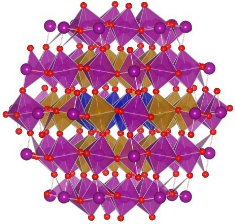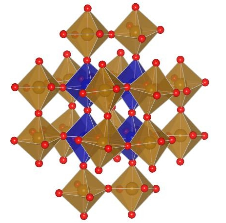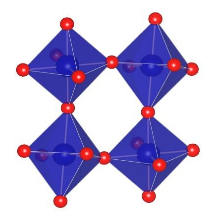There is a growing class of materials commonly referred to as nanoscale materials. These materials having structures with dimensions in the nanoscale (approximately 1-100 nanometers), may have organizations and properties different than the same chemical substances with structures at a larger scale. The presence of altered structures, reduced coordination and a large surface-to-volume ratio means that their properties depend on size and differ from that of the corresponding bulk. Such differences in, for example, mechanical, optical and electrical properties, make them interesting for applications.
For the ab-initio investigation of nanomaterials we adopt a bottom up approach where we begin from something very small like a molecule, or a small nanoparticle, or a quantum dot modeled as a collection of few interacting electrons in a suitable confining potential resembling the shape of the quantum dots. For such systems we employ very accurate quantum chemical methods such as density functional theory, configuration interaction method which provide accurate information about the ground state of these systems. The specific interest lies in a) study Electronic, magnetic and orbital properties of oxides at nanoscale b) Quantum transport through materials at nanoscale c) Electron correlation effects, physical and chemical properties of graphene nanostructures and d) Polar behavior of nanoscale binary semiconductors and oxides.




